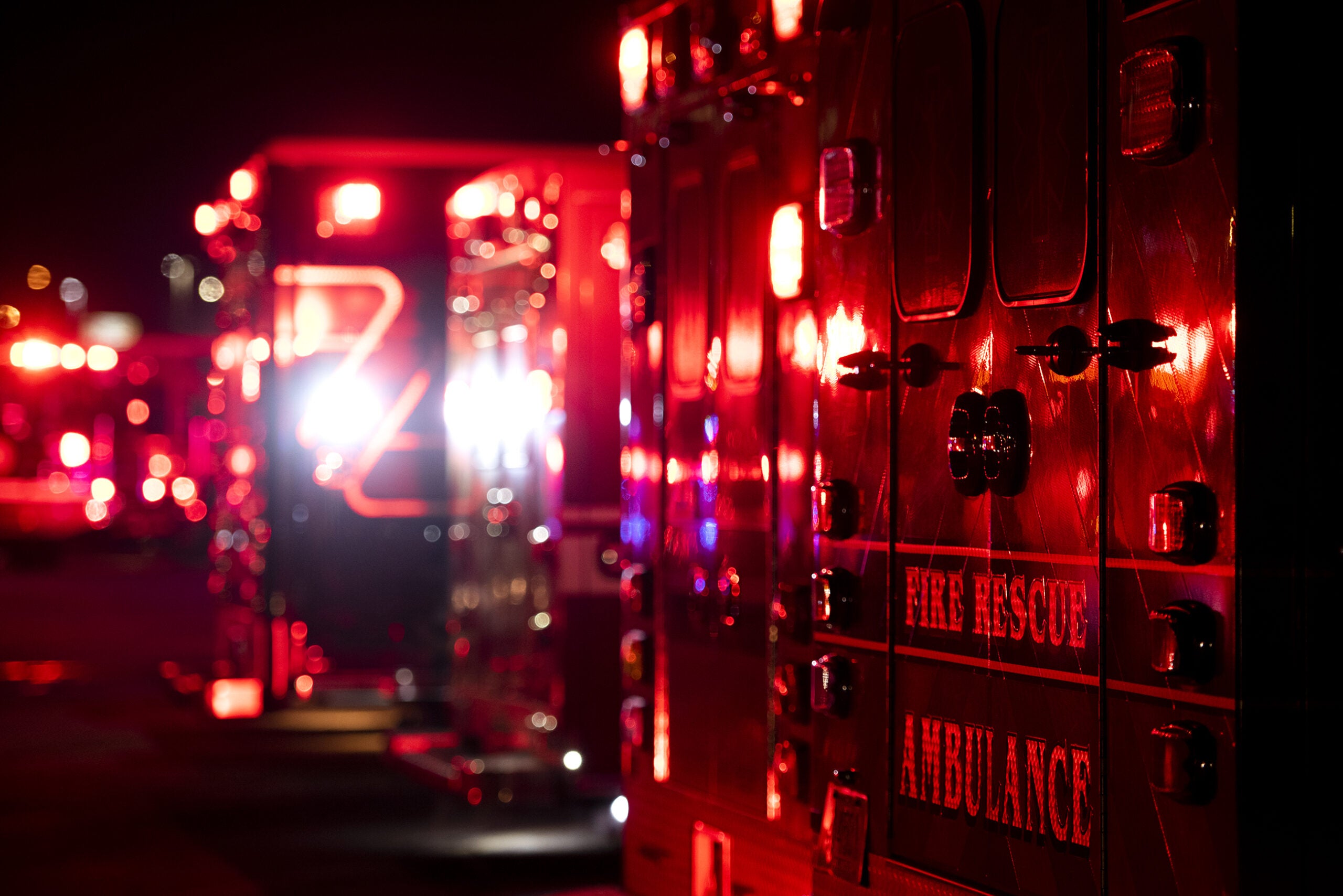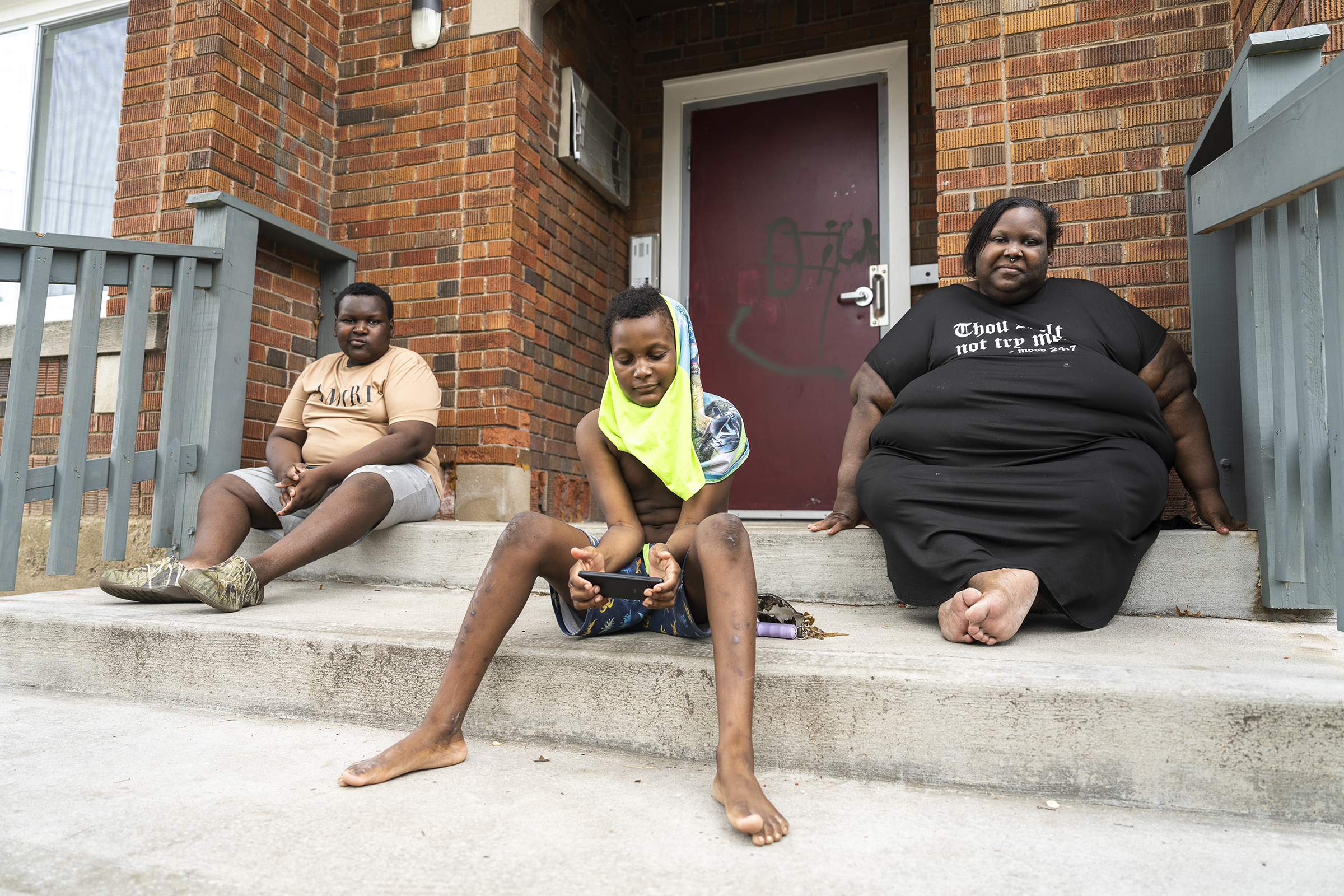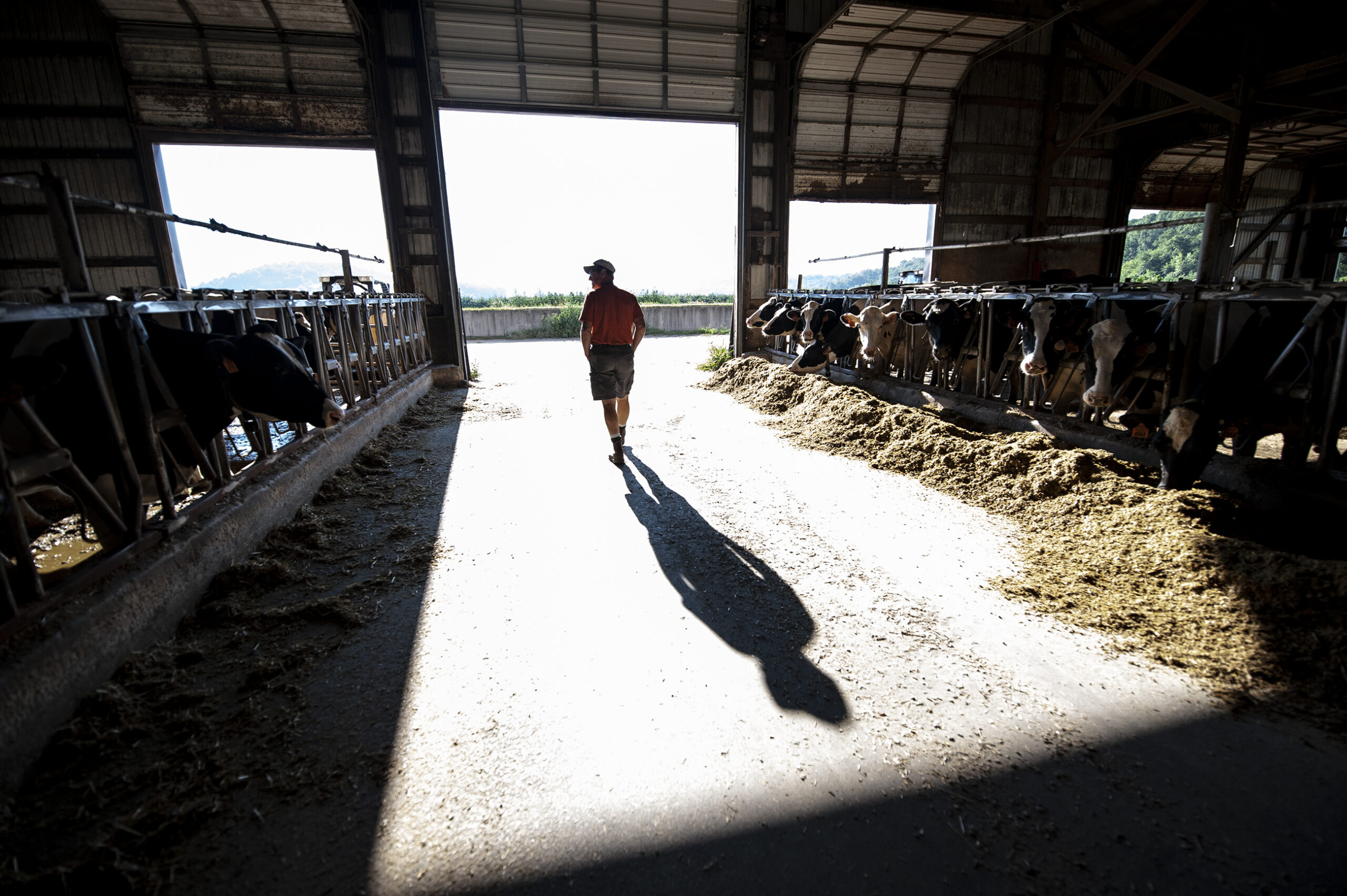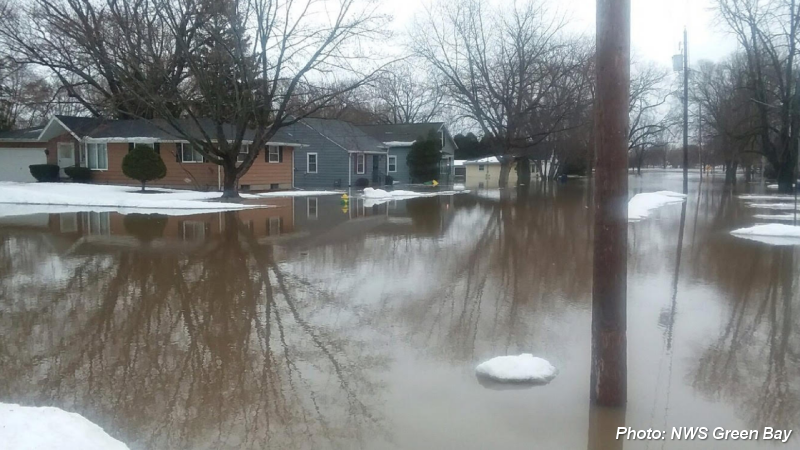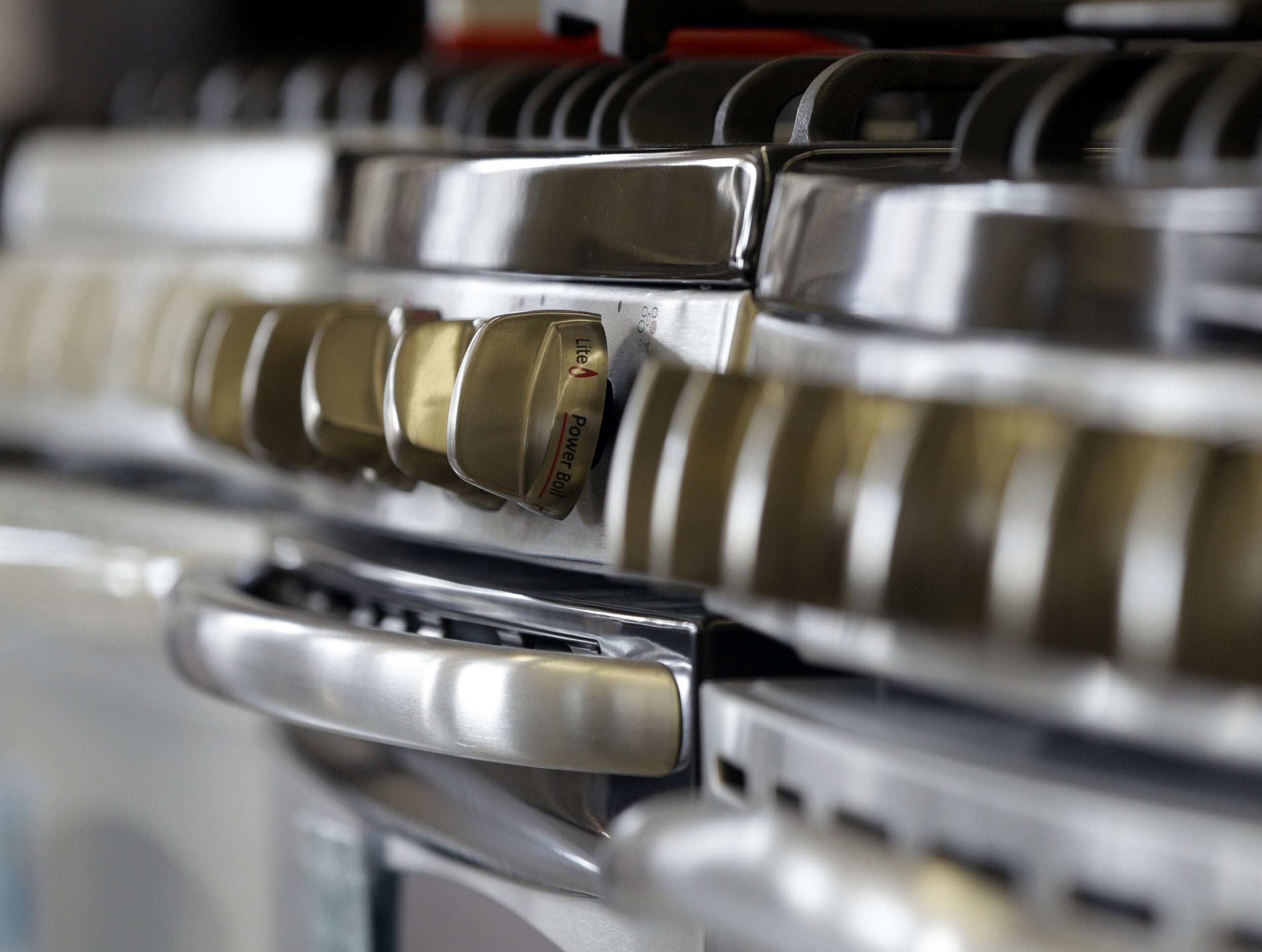Health officials are reminding people about the risk of carbon monoxide poisoning during the cold, winter months.
As the temperature drops, the risk of getting carbon monoxide poisoning grows. Officials also see a spike during power outages in the winter, since some people bring gasoline or propane heating sources inside without proper ventilation. Other people may get poisoned if they start their car in the garage without opening the door.
While La Crosse’s two major hospitals have not had any confirmed cases of carbon monoxide poisoning yet this fall, it’s the time of year when doctors start to see an uptick in patients with carbon monoxide poisoning.
Stay informed on the latest news
Sign up for WPR’s email newsletter.
Dr. Anthony Deuster, an emergency physician at Mayo Clinic Health System, said that people need to be aware of symptoms, especially before falling asleep.
“Things such as headaches, weakness, dizziness or nausea are there,” said Deuster. “People think you’ll be confused or you’ll pass out. That’s only the awake stages. Earlier, you just don’t feel quite right or you have a little headache or you feel nauseated. It can be life-threatening.”
Chuck Warzecha, a deputy administrator with the Wisconsin Department of Health Services, said one way to avoid getting sick is to have furnaces and stoves inspected annually.
“You don’t know if you have a carbon monoxide leak,” said Warzecha. “You can have a furnace that appears to be working otherwise. You won’t smell carbon monoxide in the home. So you really do need to have a carbon monoxide detector.”
It’s unclear how many people have gotten carbon monoxide poisoning so far this year. On average, it lands 450 people in Wisconsin hospitals annually.
Wisconsin Public Radio, © Copyright 2024, Board of Regents of the University of Wisconsin System and Wisconsin Educational Communications Board.


